Our Location
Room No: 20, Spik Building,
Chelavur (Near Markaz Juma Masjid), Medical College, Kozhikode, Kerala, India-673008
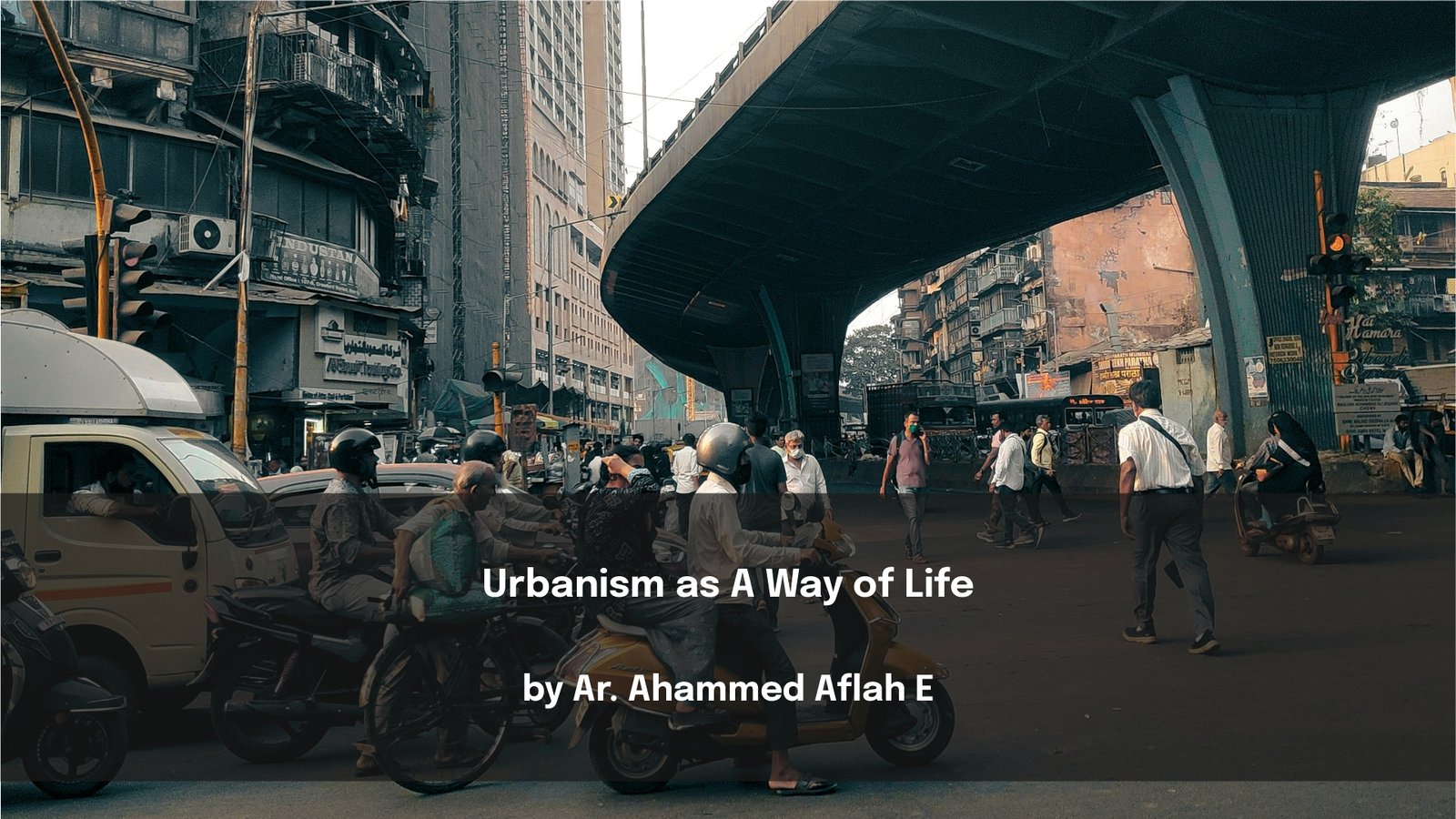
Urbanism as a Way of Life — Urban planner, historian, sociologist, local advocate, and architectural critic. He is recognized as one of the greatest urbanists of the 20th Century. Particularly noted for his study of cities and urban architecture, he had a tremendously broad career as a writer that also included a period as an influential literary critic. He served for over 30 years as architectural critic for the New Yorker.
“Human life swings between two poles: movement and settlement.”
— Lewis Mumford
One of the greatest studies of the city ever undertaken is contained in ’The City in History’ by Lewis Mumford. The book begins with an interpretation of the nature and the origin of the city and then follows the city’s development from Egypt and Mesopotamia through Greece, Rome, and the Middle Ages to the modern world. Mumford reaches far back into history to find the origins of the city. “Human life swings between two poles: movement and settlement.” He notes that “at every level of life one trades mobility for security, or in the reverse, immobility for adventure.”
Mumford relates human settlements and human movements, evolution or growth of any settlement is directly proportional to motion of people from one point another within it. Settlement Is a permanent or temporary community where people reside. This can be a small number of dwellings grouped together to the largest of the cities with surrounding urbanized areas, so it includes Hamlets, villages, towns and cities. Movement is the change of place of an object that need not entail change of location. Movement or mobility have been an integral part of march of human history all over the world.
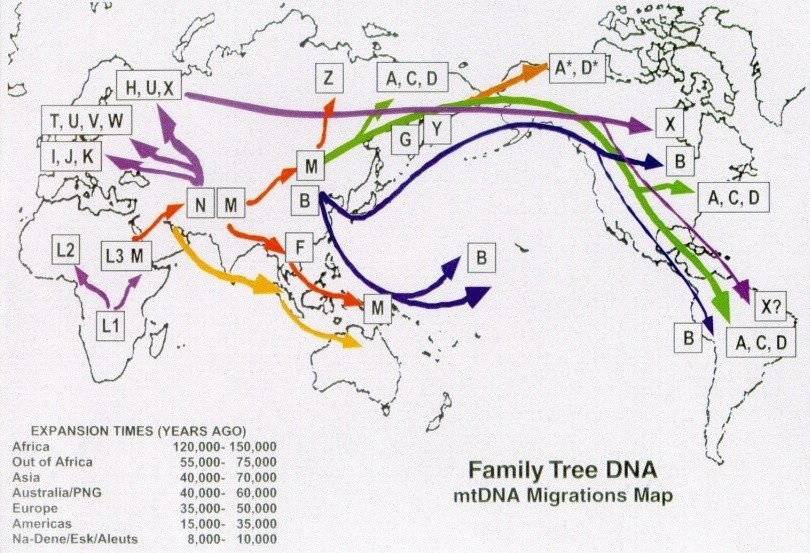
In world history its clearly visible that evolution of human movement started from Stone age (1,50,000 BC), Historical migration of human populations begins with the movement of Homo erectus out of Africa across Eurasia about a million years ago. Earlier human forced to move around the world just because of changing climate and landscape and inadequate food supply. When we talk about the settlement over that period it resembled their nomadic character, they stayed in temporary structures and caves.
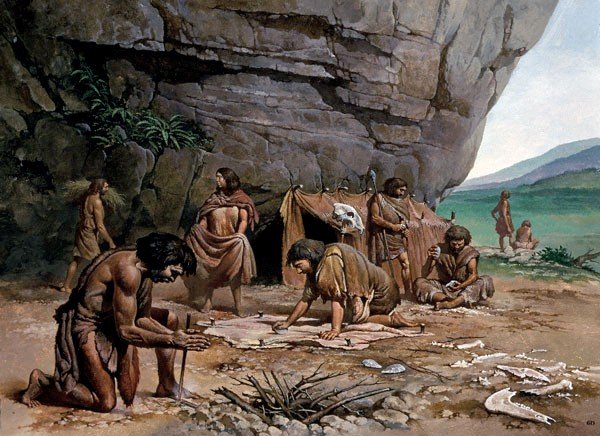
Civilisations emerged 5000 years ago. Agriculture and domesticating of animals influenced the human settlement. Advent of wheel People moved out of a certain dwelling only in search of fertile land for agriculture. Their settlements were more sophisticated and advanced. Resources were gathered for future use.
After settled, human started to explore the word. first it was started in western Europe, mainly from Greece, From about 750 BC, the Greeks began 250 years of expansion, settling colonies in all directions. Historians termed it as Age of exploration. When the area expands , human needs changed, Settlements grew in size, way of life changed, there was a sense of rule and power, weapons were designed and humans rallied to conquer. Exploration period made lot of contribution to the settlement. Movement of this period gave growth in Art, science and trade. And the Settlements were walled.
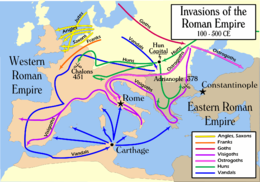
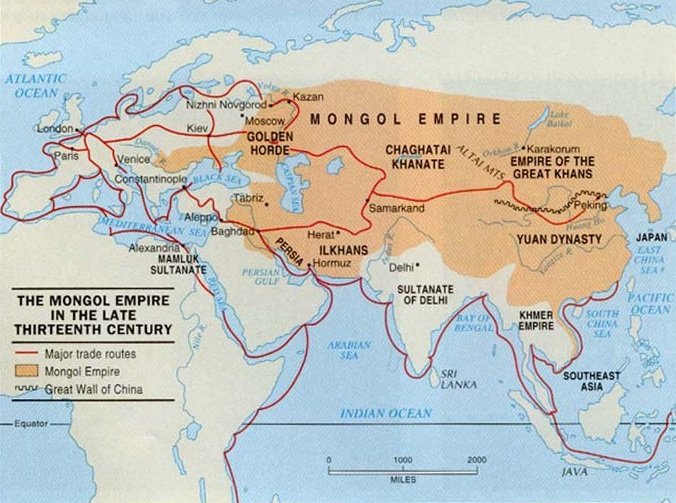
European Colonialism led to an accelerated pace of migration since Early Modern times. In the 16th century perhaps 240,000 Europeans entered American ports. Americas Sense of power was now greed, thirst for resources, rich energy and manpower led to build army and colonize the unseen territories. Colonialism produces settlements all around the world Cities were formed, palaces were built, and avenues were cut through the settlements to let army march past the streets. European colonialism boosted in existing settlements.
Industrialization encouraged migration wherever it appeared. The increasingly global economy globalized the labour market. Machines were built to burn energy, and people moved for jobs which was termed as labor migration, refugee migration and urbanization. in this movement have significant importance in settlements, Cities grew denser, settlements were cramped, unclean. As a byproduct Slums spread like cancer.
In the modern age movement is no more measured in terms of distance but time. Machines were built to burn energy, and people moved for jobs which was termed as labor migration, movement from rural areas to urban areas causes increase in population, and increase in urban migration due to push factors, human settlements grew vertical.
Mumford explores the development of urban civilizations. Harshly critical of urban sprawl, Mumford argues that the structure of modern cities is partially responsible for many social problems seen in western society. While pessimistic in tone, Mumford argues that urban planning should emphasize an organic relationship between people and their living spaces.
he uses the example of the medieval city as the basis for the “ideal city,” and claims that the modern city is too close to the Roman city (the sprawling megalopolis) which ended in collapse; if the modern city carries on in the same vein, Mumford argues, then it will meet the same fate as the Roman city.
Mumford wrote critically of urban culture believing the city is “a product of earth … a fact of nature … man’s method of expression.” Further Mumford recognized the crises facing urban culture, distrusting of the growing finance industry, political structures, fearful that a local community culture was not being fostered by these institutions. Mumford feared “metropolitan finance,” urbanization, politics, and alienation.
Modern world When Patrick geddes planning theory the all concept work-place-folk shows the relation between human settlement and movement, in linear city concept soria Y mata took human motion and settlement, he clearly mentioned that growth of any urban community depend on existing human settlement and movement of people.
Human movement has always been influenced by settlement pattern until recently where transportation networks has influenced the human settlements. Vice versa too, like because of human movements new settlement came up in to the picture. Mumford was convinced that an improvement in civic life and living conditions was a requirement to better towns and cities.
The streets of cities are seen as rivers, flowing with the current of life. And, rivers are found at the bottom of canyons. Often, hidden in the shadows cast from the towering skyscraper buildings of the modern cities (the mountains), the downtown streets of cities are like canyons.
Ar. Ahammed Aflah E
Amin, A., 2006. Collective culture and urban public space. [Online]
Available at: http://www.publicspace.org/en/text-library/eng/b003-collective-culture-and-urban-public-space
[Accessed 4 October 2015].
Lewis Mumford. The City in History? The best world capitals to raise a democratic ruckus. [Online]
Available at: http://www.google.doc.com/politics/2012/08/what-makes-public-space-good-democracy/2916/
[Accessed 2 October 2015].
Lewis Mumford. The American Caravan, and Society. 1st ed. New York: Oxford University Press.
Choudhury, B. I. & Armstrong, P., 2013. The Duality of Jatio Sangsad Bhaban and the Notion of Nationalism. Journal of Social and Development Sciences, 4(9), pp. 412-424.
Engel, B., 2007. Public space in the “blue cities” of Russia. The Post-Socialist City, pp. 285-300.
Ford, M., 2014. A Dictator’s Guide to Urban Design. [Online]
Available at: http://www.theatlantic.com/international/archive/2014/02/a-dictators-guide-to-urban-design/283953/
[Accessed 10 October 2014].
Glover, W. J., Fall 2007. Constructing Urban space as ‘Public’ in Colonial India: Some Notes from the Punjab. Journal of Punjab Studies, 14(2), pp. 211-24.
Low, S. M., 1997. Urban fear: building the fortress city.. City & Society , 9(I), pp. 53-71.
Mitchell, D., 1995. The end of public space? People’s Park, definitions of the public, and democracy. Annals of the association of American geographers, 85(I), pp. 108-133.
Mitchell, D., 2003. The Right to the City: Social Justice and the Fight for Public Space. New York: Guilford Press.
Murdoch, J. B., 2012. 2012 Democratic Audit: British democracy in ‘terminal decline’. Get the data. [Online]
Available at: http://www.theguardian.com/news/datablog/2012/jul/06/politics-democracy-decline-audit-data
[Accessed 29 October 2014].
Parkinson, J., 2006. Deliberating in the real world: problems of legitimacy in deliberative democracy. s.l.:Oxford University Press.
Parkinson, J. R., 2012. Democracy & Public Space – The Physical Sites of Democratic Performance. 1st ed. Warwick: Oxford University Press, 2012.
Stanilov, K., 2007. The post-socialist city: urban form and space transformations in Central and Eastern Europe after socialism. Springer Berlin.

Ready to start designing your dream space?
Get in touch with D&A Architects, to discuss your vision and let our expertise bring it to life.